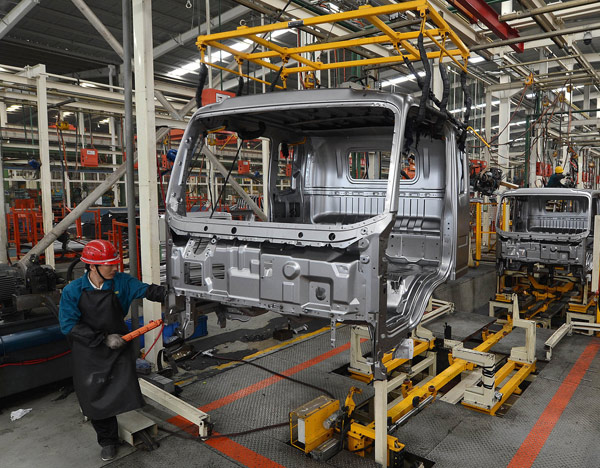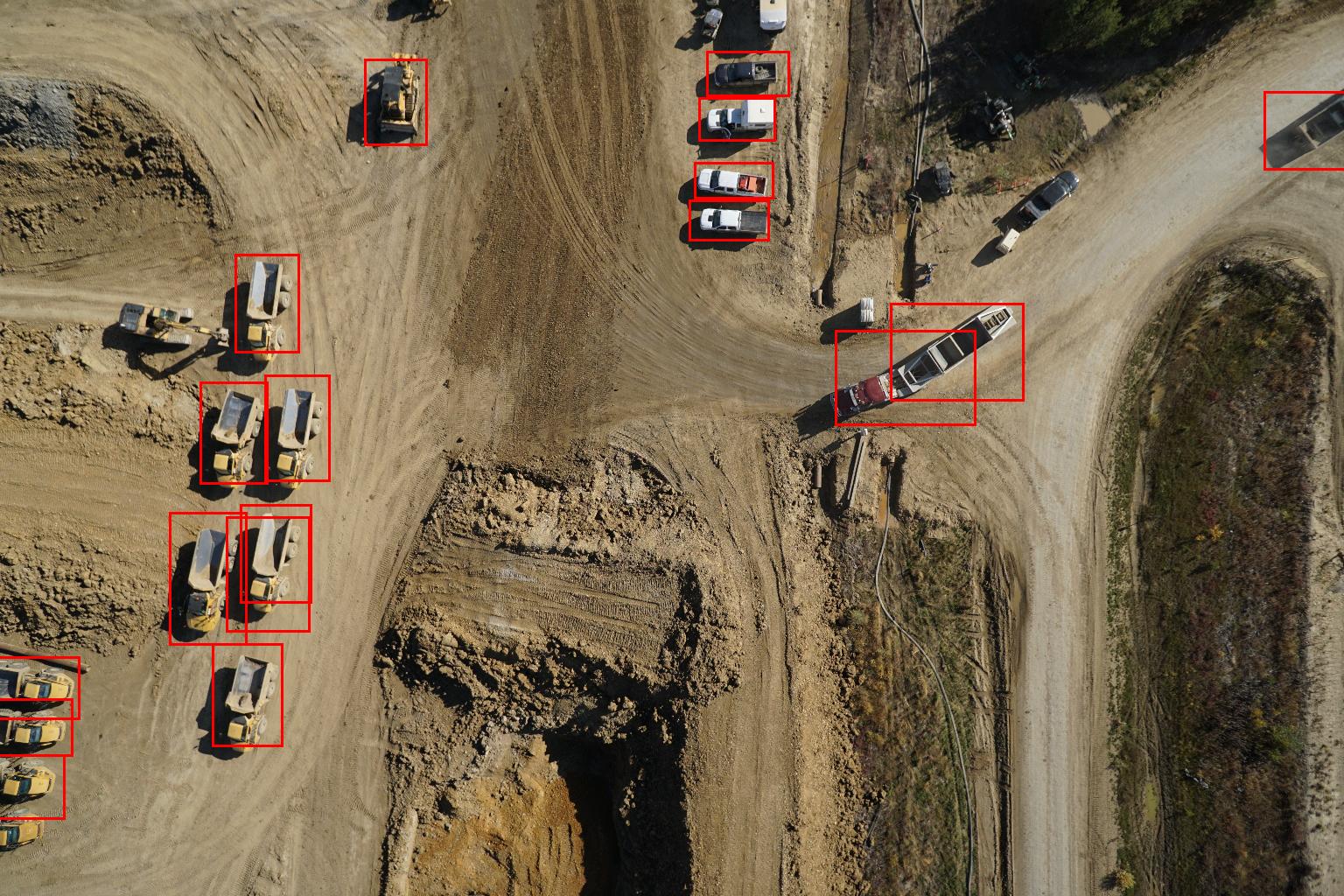The Challenge
India’s leading truck manufacturer wanted to take a bold step toward Industry 4.0. Their Plant was operating using traditional 2D diagrams for planning limiting their ability to optimize workflows or adapt to growing production demands.
To modernize operations, they needed to digitize their entire plant, enabling more precise process planning and space utilization through 3D modeling. The goal? Lay the groundwork for a fully digital factory capable of supporting advanced simulations and smart scheduling systems.
Client’s Initial Hurdles
- Zero digital continuity: 2D diagrams couldn’t keep pace with the complexity of real-time changes.
- Manual interventions: Every change required physical site work, disrupting production lines.
- Blind spots: No way to simulate or validate new layouts before implementing them.
- Lost efficiency: Trial-and-error led to wasted time and resources.
- Planning paralysis: No real way to visualize impact before making decisions.

.jpg)




